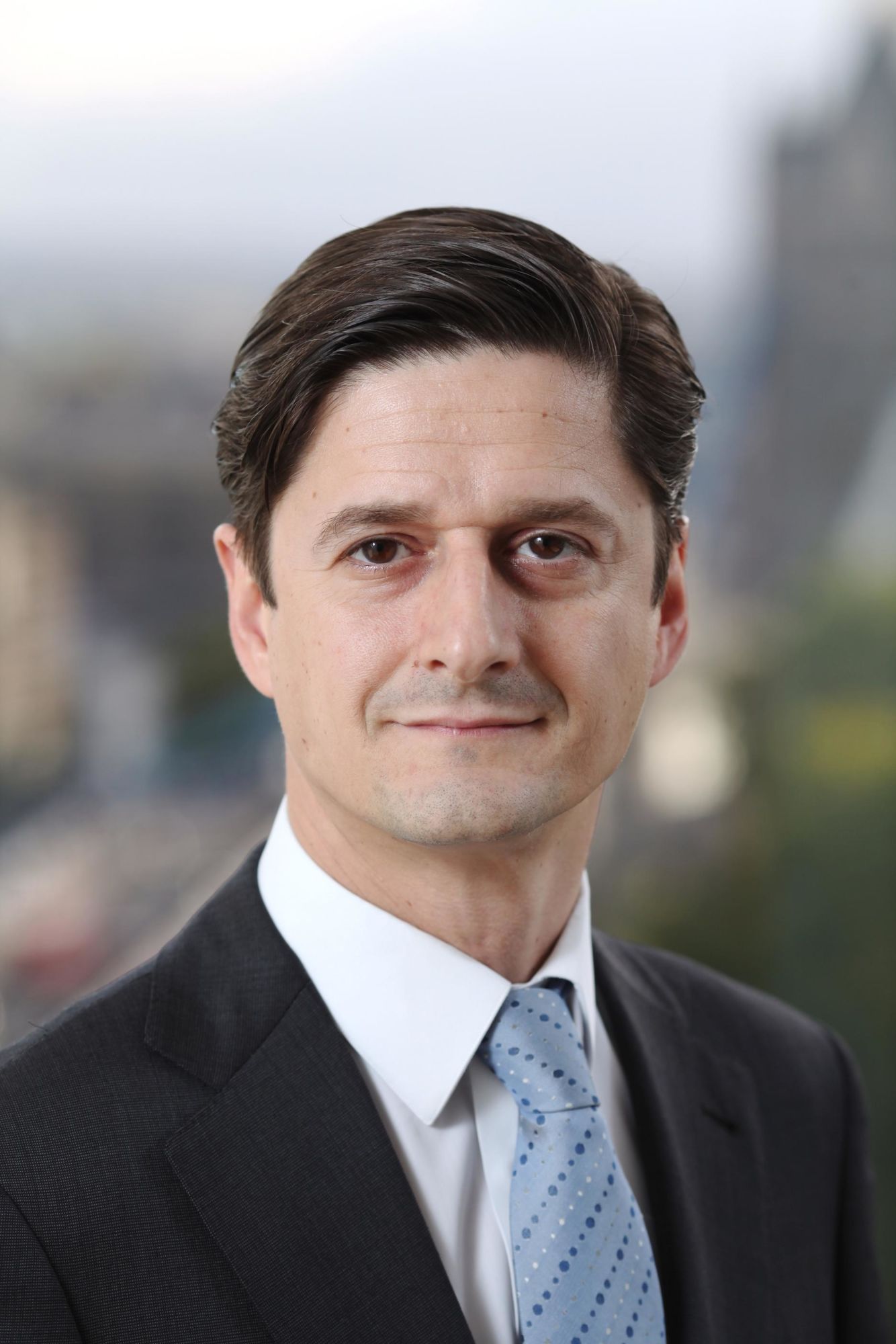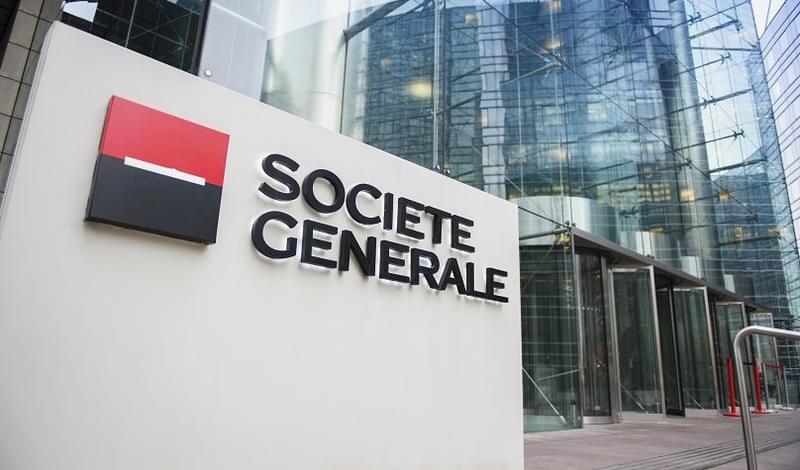What has been the biggest challenge you and the bank have had to face so far this year?
Central Banks have been pumping so much liquidity into the system and driving interest rates so low that credit markets are now one of the few alternative investments, and as such, valuations are very high.
As a result, the minute that you have an event that could have repercussions – like the Chinese equity market selloff at the beginning of the year – we see massive market overreactions, triggering a big correction in asset prices, including bonds..
Depending on the asset class and region, this instability was more or less severe. In Western Europe, the primary market for high beta assets like high yield or subordinated bonds was closed for some time. In this latter segment, , particularly Additional Tier 1 assets issued by financial institutions, the correction was particularly painful, enhanced by regulatory uncertainties affecting the payoff of the product.. Also, emerging markets were very challenged at the outset of the year.
The main challenge of the year for us was to be able to see beyond what the bond markets were doing in order to call what was likely to happen next so that we could effectively advise customers on how to adjust their funding strategies

I think we need to set the scene with the broader macro themes before highlighting what we anticipate for the following year. The way that corporates are funding themselves is changing fundamentally across the world. Disintermediation is the key trend, not only as a result of reduced bank lending. Banks themselves are changing their business models dramatically – particularly in Europe, but borrowers have also learned some hard lessons from the credit crisis in the late 2000s. Organisations can’t rely solely on bank financing anymore, they need to secure liquidity from a diverse range of sources in order to mitigate risk. We will, as a result, continue to see bank lending substituted by bonds.
The balance-sheets of banks will continue to shrink, due to new regulations, but the same regulations require financial institutions to rebuild their capital ratios through capital markets products and optimise their long-term funding ratios to ensure systemic resilience. As a result, financial institutions will continue to be active in raising regulatory capital.
The other element pushing supply is the fiscal balances of sovereigns globally. In the Western world we are in general, finally emerging from the economic crisis triggered by the financial collapse in 2008, but fiscal deficits remain high and in some cases continue to expand. Those deficits need to be funded with debt. The sovereign component of the bond pipeline is, and will likely continue to be, quite large.
From a demand perspective, expansive monetary policy has brought interest rates down to historic lows, into negative territory in some cases, which has created appetite for credit assets offering a premium. At the same time, asset managers are increasingly cash rich, in part because in the Western post-crisis environment, the propensity to save is high, while investment and consumption remain low. Asset managers and pension funds have as a result more money to invest but at very low returns, which means there is significant appetite for alternative assets. We see the increasing popularity of emerging market debt among mainstream investors in Europe; the emergence of a true high yield market in Europe, which was virtually non-existent five years ago; and the increasing popularity of high-coupon, complex bank regulatory instruments continuing through next year.
When combined, these factors suggest the outlook for the rest of the year and 2017 is quite strong. We are bullish on the supply from FI segment, in part because we have received additional clarity around the regulatory regime applicable to AT1 issuances in the Eurozone, and believe there will be significant supply of new securities that include bail-in terms. Basel III and Basel IV, which is being adopted at a slower pace in some emerging markets, is going to continue to be a big driver of issuances in regions like the Middle East, South America and China. The corporate outlook is more varied. We can see a timid increase in CAPEX in some cases, while in general investments into new projects is continuing apace. M&A is picking up and will also be supportive of the corporate credit market. Finally, we expect the sovereign space to be active for reasons mentioned earlier.
What do you anticipate being the biggest challenge your clients are likely to face over the coming 6-12 months?
There are a number of broad systemic risks in play. The election result in the US brings with it some uncertainty given the scope of the proposed economic, trading and industrial policy shifts a Trump administration may seek. In Europe, we will see elections in France and Germany. Brexit is also a risk. In March, we will begin seeing the tone of the negotiations, and we could see very different outcomes depending on the kind of deal the UK can secure with the European Union . Finally, and on top of everything, we see geopolitical risks, with unpredictability around how some of the world’s largest players will act after the unexpected result of the US elections
We live in a political climate that is very different to that which existed 10 years ago, one that is more unpredictable, driving a general increase in market volatility. .
Taken together, these issues could mean that issuing windows may narrow, new issue premiums may rise and spreads could ultimately widen. Or none of the above !. To avoid running unnecessary risks, and generally speaking, issuers are learning to hit the market when they can, and not necessarily when they want. That’s why we’ve seen a pattern emerge over the past few years that sees almost 30-40% of supply executed in January or February – with 2016 being one of the biggest exceptions to that trend in many years due to the reasons explained before . It is getting increasingly difficult to harmonise funding windows with the immediate needs of borrowers, and that will likely remain a challenge.
Despite the numerous market shocks this year and volatility, we have seen record volumes of liquidity flow into emerging markets, and issuers have been able to price aggressively. How do you explain this trend? Do you expect this trend to continue?
Emerging market debt is a good example of an asset class offering a significant premium over mainstream fixed-income assets, and as such they are attracting attention at these ultra-low rate times. In 2016, the relative stability of the USD forex rate and the oil price, together with resilient growth rates in many EM economies, triggered a healthy inflow into the asset-class. This should continue into 2017, but we need to be vigilant if the USD continues to strengthen due to FED tightening action and US policies, as this will be detrimental for these economies and for unhedged issuers.
What is Societe Generale’s strategy for DCM in 2017? Where will your focus be? Are there new markets that will become a key area of focus next year?
We do not have a DCM product-focused strategy; we have a client strategy, and DCM is part of that wider unified offering. We are one of the main providers of financing for corporates, financial institutions and public sector institutions globally, with a very important presence in certain emerging markets – mostly in CEEMEA, with a focus on Eastern Europe and Francophone Africa, where we own a number of franchises. In the corporate space, and beyond our core market in Europe where we run a multi-sectorial strategy, we tend to focus on sectors where we have a competitive advantage – like natural resources financing. We will also continue to accompany our client expansion in the US, and in Asia, particularly in China.
What have some of the highlights been for you in 2016 so far? Are there any deals that you and the team are particularly pleased about?
It’s been a very active year for me and the bank more broadly. I would like to highlight the KBC holdco senior deal, being the first bail-inable HoldCo deal in the Eurozone. Still in Euros, we are also very happy to have worked with some of Europe’s key sovereigns – France, Belgium and Spain – to bring them into the 50-year tenor, a new maturity for the segment. . In USD, we are proud to have been selected as one of the active bookrunners on Standard Charter’s AT1 144A transaction which closed this summer, showing our excellent distribution capabilities amongst US investors . To this we must add our role as an active bookrunner on the US$46bn ABInBev deal, arguably the landmark transaction of the year. On the growing Green segment, the Geely green bond was also a very important deal for us. It spoke to our ability to structure and place green transactions, something that we are increasingly focused on as a bank, and highlighted a confluence of important trends in the market: more Asian liquidity shifting to Europe; the growth of green finance globally; and the rapidity of China’s embrace of green financing and renewable energy. We also executed the first Green residential mortgage backed securitisation (RMBS) ever launched, issued by Obvion NV this summer, which was backed by mortgages on energy-efficient homes.









